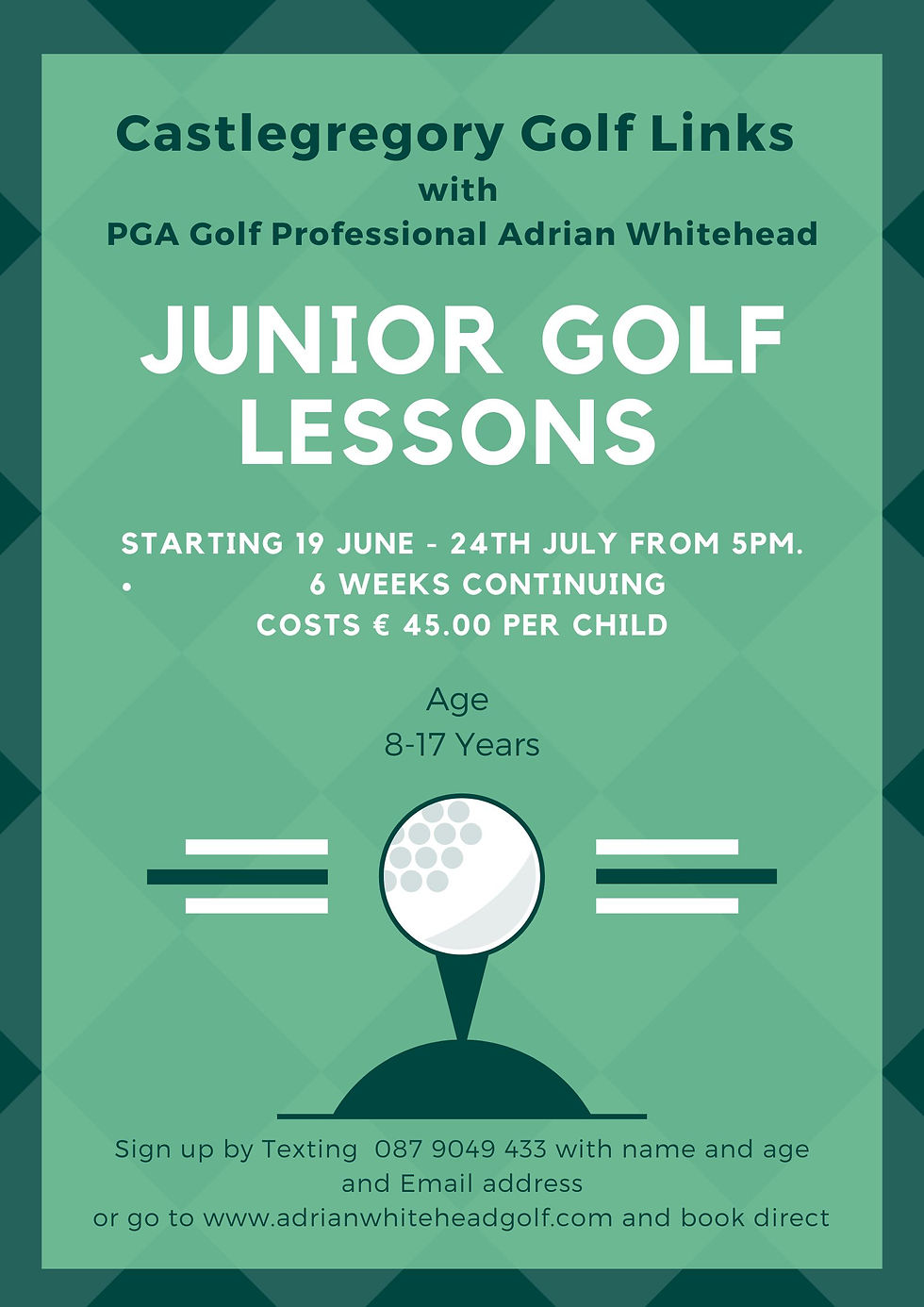The Boomer Golf Boom: How Distance Over Skill is Hurting the Game—And How to Fix It
- May 29
- 4 min read
Updated: Jun 4

Golf is at a crossroads. A surge in older players—dubbed "Boomer bombers"—prioritizing raw distance over skill is reshaping the sport in ways that threaten its long-term viability. This trend has led to bloated course designs, slower play, frustrated younger golfers, and unsustainable development practices. If left unchecked, golf risks alienating the next generation of players, shrinking into a niche pastime rather than growing as a global game.
The Rise of the Boomer Bomber Phenomenon
Over the past two decades, amateur driving distances have surged. According to the USGA, the average male amateur’s driving distance increased from 217 yards in 1995 to over 240 yards in 2023—a nearly 11% jump. For older players (ages 50+), advances in equipment have allowed many to maintain or even exceed their peak driving distances from their youth.
A 2022 National Golf Foundation (NGF) report found that golfers aged 55+ now make up over 35% of all regular players, up from 28% in 2010. Many in this demographic grew up during golf’s 1990s boom, influenced by Tiger Woods’ power-centric game. Now, armed with high-tech drivers and low-spin balls, they chase distance with little regard for accuracy—averaging just 5-6 fairways hit per round, per Shot Scope data.
Why This Happened: Technology Over Skill
Three key factors have fueled this shift:
Equipment Advancements
Modern drivers now feature larger clubheads (460cc), ultra-thin faces, and optimized weight distribution, maximizing forgiveness and ball speed even on mishits.
Golf balls, once designed for spin and control, now prioritize low drag and reduced spin for distance, with some models adding 10-15 extra yards off the tee.
According to a 2021 R&A study, the average amateur’s driving distance would be 15-20 yards shorter if using 1990s-era equipment.
The Course Design Arms Race
To combat increasing distances, courses have grown longer. In 2000, the average PGA Tour course measured 6,900 yards; by 2023, it exceeded 7,300 yards.
Municipal and public courses have followed suit, with many expanding beyond 6,500 yards, despite the average male amateur driving the ball just 220-240 yards.
A Golf Course Superintendents Association of America (GCSAA) report found that maintaining these longer courses requires 30% more water and 25% higher maintenance costs, driving up green fees.
The "Tee It Forward" Failure
Initiatives like the PGA’s "Tee It Forward" campaign encouraged players to use shorter tees, yet many older golfers still play from the back tees.
A 2023 survey by Golf Digest found that 62% of male golfers over 50 play from tees too long for their skill level, leading to slower rounds and higher frustration.
The Consequences: A Sport in Decline
1. Stifling Young Golfers’ Development
Junior golfers are increasingly taught to emulate professionals who prioritize power over precision. However, data from Youth on Course shows that junior players who focus solely on distance struggle with:
Short game proficiency (only 38% of juniors practice putting more than driving).
Course management (junior golfers average 3.5 penalty strokes per round due to errant drives).
Burnout rates, with 45% of junior golfers quitting by age 18, citing frustration over inconsistent performance.
2. Unsustainable Course Development
Longer courses demand more resources:
A 2020 Environmental Protection Agency (EPA) study found that golf courses consume 2.08 billion gallons of water daily in the U.S. alone.
Land requirements have also increased, with new courses now averaging 200+ acres, up from 150 acres in the 1990s.
The cost of building a course has skyrocketed to $15-25 million, making golf less accessible to new players.
3. Slower Play & Frustration
The average round now takes 4 hours and 30 minutes, up from 3 hours and 45 minutes in the 1980s.
A PGA Tour survey found that 72% of recreational golfers cite slow play as their top frustration.
Older players who hit long but inaccurate drives contribute significantly to bottlenecks, with four-hour rounds increasing to five-plus hours on weekends.
How to Fix It: Restoring Balance to Golf
1. Roll Back Equipment
Limit Ball Distance: The USGA and R&A have proposed a "bifurcated" golf ball rule, where pros and amateurs use different specs. However, a universal rollback (reducing ball flight by 10-15 yards) would simplify regulations and preserve course integrity.
Reduce Driver COR (Trampoline Effect): Modern drivers have a coefficient of restitution (COR) near the USGA limit of 0.83, meaning they rebound off the face at 83% of the incoming ball speed. Lowering this to 0.80 would reward center-face contact over raw power.
2. Promote Skill-Based Course Design
Strategic Hazards & Narrow Fairways: Instead of adding length, courses should emphasize risk-reward angles, penal rough, and well-placed bunkers.
Shorter, Creative Layouts: Courses like Sweetens Cove (5,900 yards) and The Loop (6,800 yards, reversible) prove that shorter courses can be both challenging and enjoyable without excessive land use.
3. Enforce Tee Box Realism
Mandatory Skill-Based Tee Placement: Clubs could require players to use tees based on driving distance (e.g., if you drive 220 yards, play 6,000-yard tees) or handicap.
More Forward Tee Options: Expanding tee boxes for seniors, women, and juniors would speed up play and make golf more inclusive.
4. Prioritize Short Game & Strategy in Junior Golf
Less Focus on Distance Metrics: Youth programs should emphasize chipping, putting, and course management over pure driving distance.
"Old School" Challenges: Events that penalize wild drives and reward precision (e.g., one-club tournaments, alternate-shot formats) would cultivate more well-rounded players.
Conclusion: Save Golf by Rewarding Skill, Not Just Power
If golf continues down the path of rewarding brute force over finesse, it risks losing its soul—and its future players. By reining in equipment excesses, redesigning courses for strategy over length, and teaching juniors to value all aspects of the game, the sport can reverse its decline. Otherwise, golf may devolve into a playground for aging bombers while pushing away everyone else. The time to act is now—before the damage becomes irreversible.







Comments